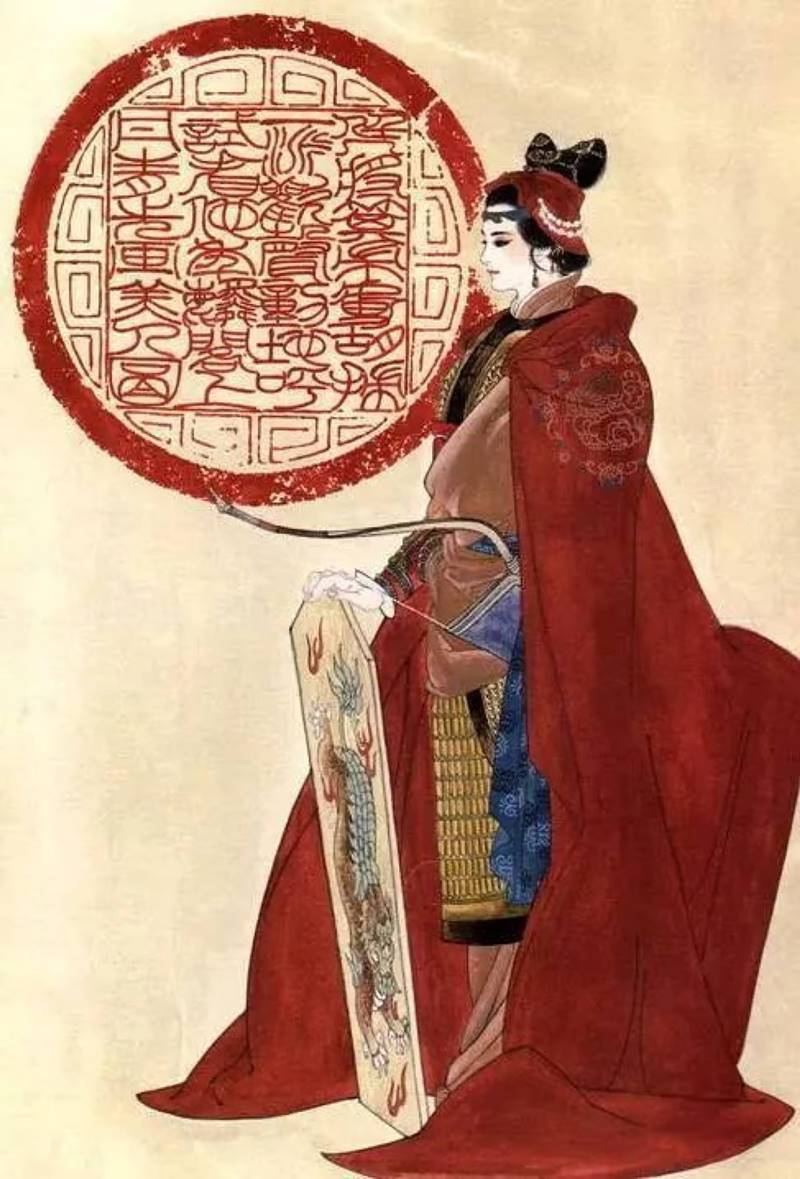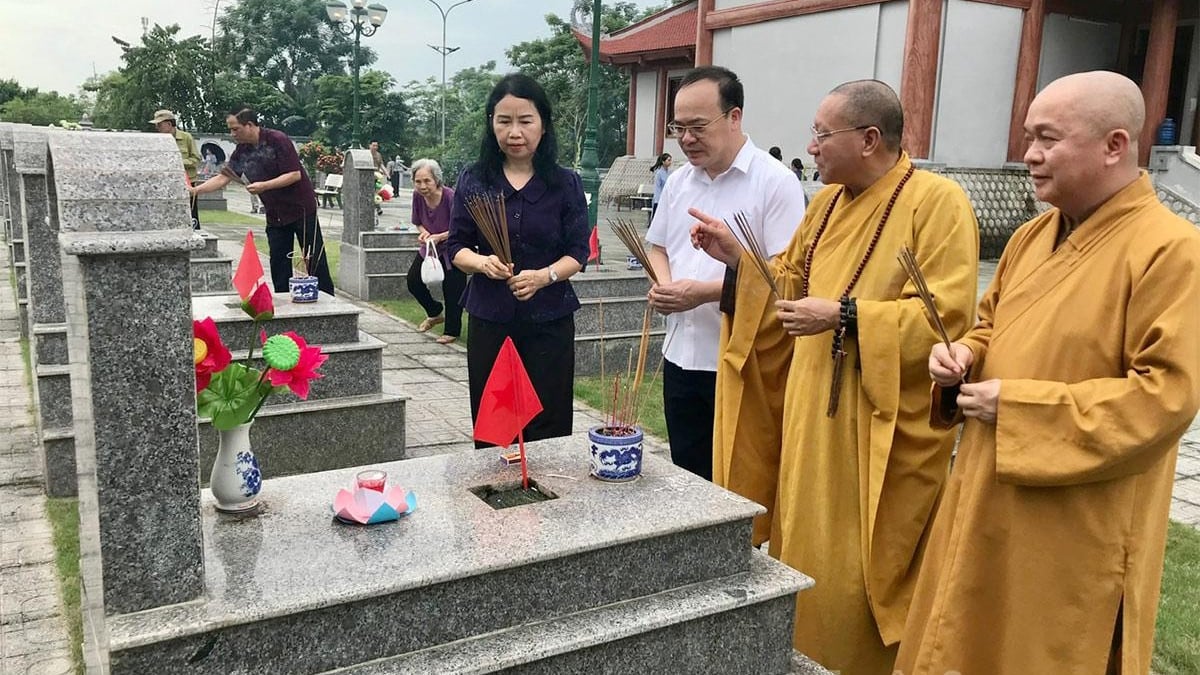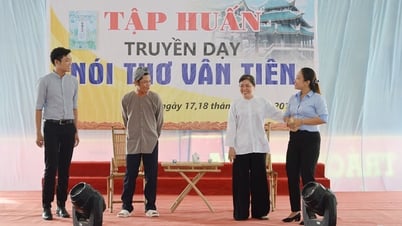Mulan
According to SCMP , Hua Mulan first appeared in popular culture more than 1,500 years ago, in "Song of Hua Mulan" - a folk song composed during the Northern Wei Dynasty (386-535) in Chinese history.
The story tells of a young girl who disguises herself as a man to take her elderly father's place on the battlefield, defeating the invading Rouran army along the northern border. Mulan impresses with her filial piety, bravery, and extraordinary willpower of a man.

While many modern historians believe that Hua Mulan is a fictional character, historians from centuries ago considered "The Song of Mulan" to be a historical story. They found evidence that Hua Mulan actually existed during the period when the Northern Wei Dynasty and the Rouran people were constantly fighting.
In addition, the story of Hua Mulan that has been passed down does not contain any supernatural elements. This further strengthens the hypothesis that she is a real historical figure. And this heroine is one of the most influential female figures in Chinese history, according to SCMP.
Princess of Binh Duong
Princess Binh Duong (posthumous name Binh Duong Chieu Princess) was the only daughter of Ly Uyen (Tang Gaozu) - the founding emperor of the Tang Dynasty (618-907). She played an important role in the establishment of the Tang Dynasty.
Before the uprising against the Sui Dynasty (581-618), Li Yuan sent someone to Chang'an to call his daughter Pingyang and son-in-law back to Taiyuan , where he was a general.
Here, she began to buy the loyalty of an army of several hundred men, and then continued to convince other rebel leaders to join her, building a force of up to 70,000 soldiers at its peak.
At that time, the Sui Dynasty did not value the army led by a woman, but was completely defeated in the battle with Princess Binh Duong's army. Taking advantage of the victory, she brought 10,000 troops to support her brother, continuing to defeat the Sui Dynasty's great army.
When Li Yuan crossed the Yellow River, Pingyang and her brother commanded two separate wings of the Li army. Her wing was dubbed the "Lady's Army".
The Sui Dynasty was completely defeated, Li Yuan ascended the throne and established the Tang Dynasty.
Thanks to her victories on the battlefield, Princess Binh Duong was favored by the Emperor but died mysteriously at the age of 23. She was given a military funeral and was even given honors unprecedented for a woman.
Lam Tu Nuong
Chinese history is full of extraordinary martial talents, and Lin Si Niang (1629 - 1644) is one of them. She founded an all-female fighting army and sacrificed herself at the age of 15 to save the man who almost became Emperor.

One day, while practicing martial arts by the river, she attracted the attention of Zhu Changxun, son of Emperor Wanli of the Ming Dynasty, who ruled Qingzhou (Shandong Province). Emperor Wanli repeatedly wanted to make him his successor, but was powerless against the primogeniture system of the dynasty at that time.
Chu Truong Huan fell in love with Lam Tu Nuong and admired her skill with weapons, assigning her the task of teaching martial arts to his concubines. They later became an all-female army.
When drought and famine threatened the livelihoods of people in Shanxi and Shaanxi (China), Zhu Changxun was captured by the people.
According to SCMP, legend has it that Lin Si Niang led an all-female army to rescue Zhu Chang Xun, fighting to the very end, defeating many enemies before being defeated. Her attack bought enough time for the Zhu army to regroup, defeat the rebels, and rescue Zhu Chang Xun.
After being released, Chu Truong Huan ordered an honorable burial for Lam Tu Nuong and all the soldiers and concubines who died in the battle.
Source: https://laodong.vn/van-hoa-giai-tri/3-nu-chien-binh-manh-me-tung-lam-thay-doi-lich-su-trung-quoc-1379488.ldo



























![[Photo] National Assembly Chairman Tran Thanh Man visits Vietnamese Heroic Mother Ta Thi Tran](https://vphoto.vietnam.vn/thumb/1200x675/vietnam/resource/IMAGE/2025/7/20/765c0bd057dd44ad83ab89fe0255b783)






































































Comment (0)